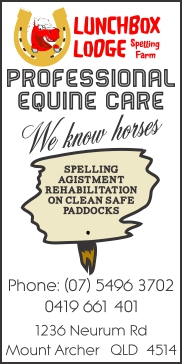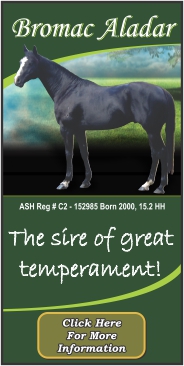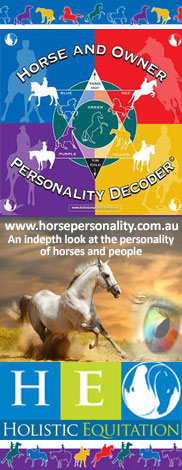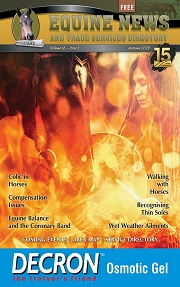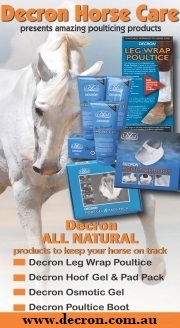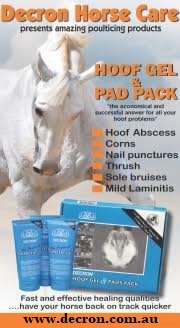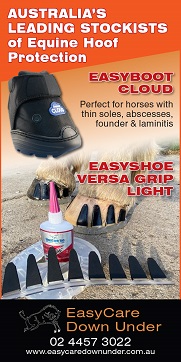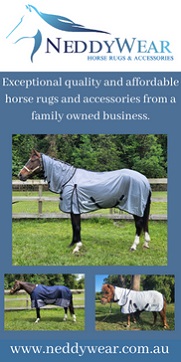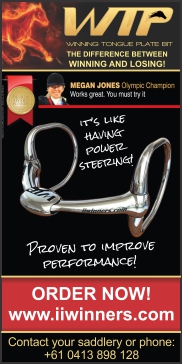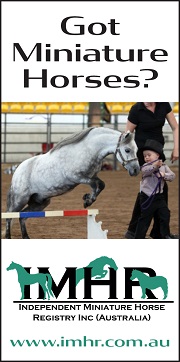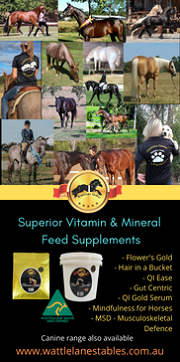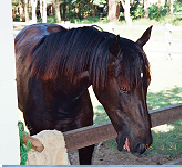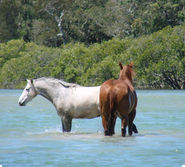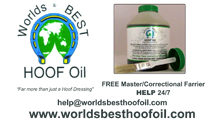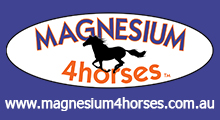Pros & Cons of CERA Shoes Vs’ Steel Shoes
Recently I was approached to write an article on the pros and cons of plastic shoes (CERA Shoes) vs’ steel shoes. I think I got side tracked as my fingers hit the keyboard and I have ended up with a story on how I stumbled across CERA Shoes and why I have stuck with them. So here goes …
Photos:
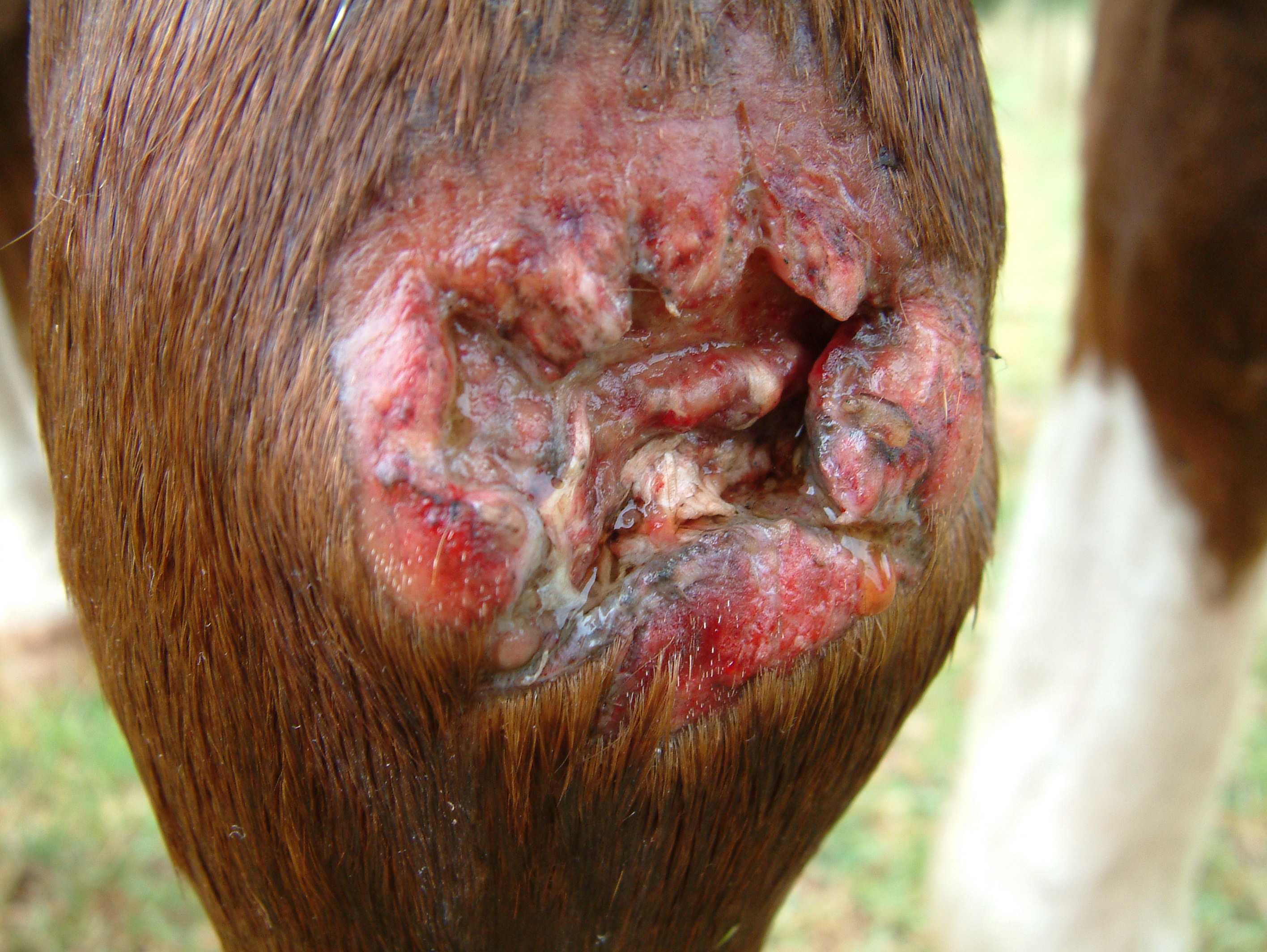
Memento – damage knees from a series of falls
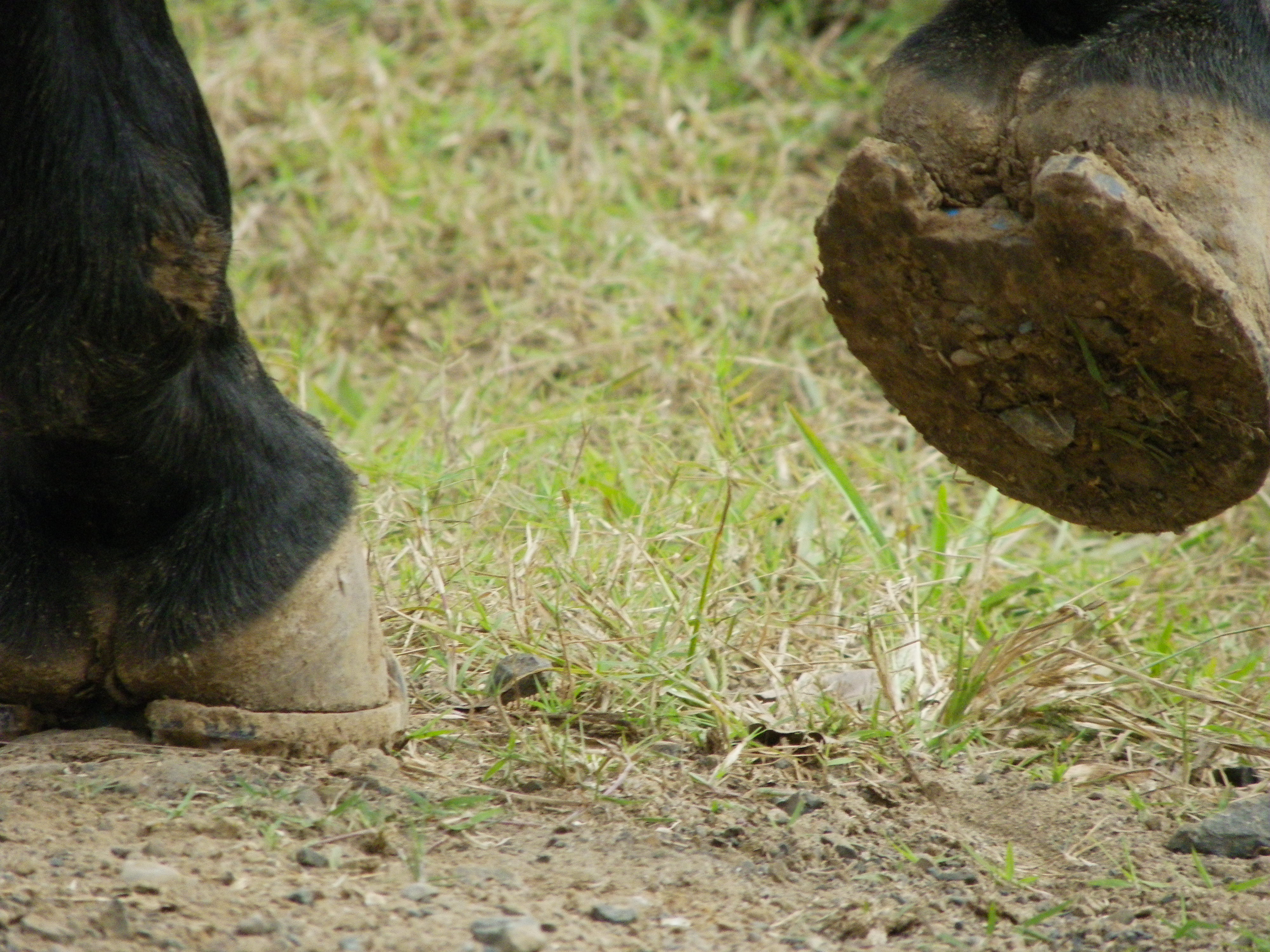
CERA Shoes in action
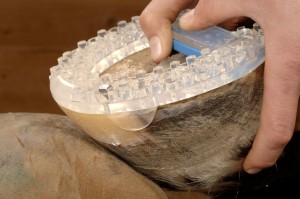
CERA Shoe(NBS) on a hoof – bottom view
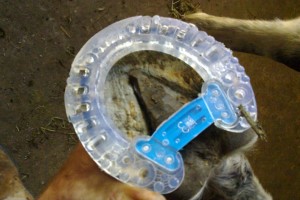
CERA shoe and bridge
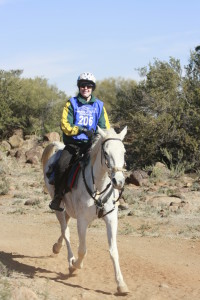 Me riding in South Africa with CERA shoes on my horse |
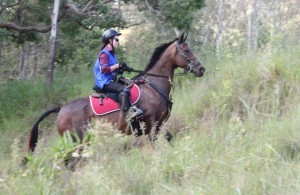 Regina Fernvale |
Memento was my first endurance horse. He wore steel shoes out within a three week period. After a few years of endurance, he began to trip and fell down a few times onto his knees gutting then out rather badly. His heels where contracted.
He was retired from endurance at about the merry old age of 11yrs due to recurring leg injuries including a bowed front leg tendon and then twelve months later a bowed hind suspensor ligament. Bad luck some may say …Then my mare, Birramalee Queen of Hearts, seemed to be headed in the same direction. Coindicence ? … She had developed seriously contracted hooves and was beginning to trip. This happened gradually over 5 years of steel shoeing and competitive endurance competition, even though I took all her shoes off straight after the last ride of the season and she spent a minimum of three months barefoot each year. I could feel the jarring travelling up her legs as we trained predominately on hard granite roads. I was getting worried about the long-term effects of the concussive and contractive element of conventional steel shoes.I was also concerned about the large number of endurance horses that where no longer competing; suffer from arthritis and/or other leg injuries, from an early age of 10 years, with owners believing this was normal and acceptable.I went in search of an alternative to steel shoes that would benefit my horses in both the short and long term. I hosted a barefoot trimming school with Andrew Bowe and tried barefoot but found I had too much wear compared to growth and the transition was very slow, filled with limitations and problems from sore footed unhappy horses to stone bruises.I tried boots – what a disaster for me and my horses! I had lameness due to rubbing and a bolting horse due to a boot flicking off at a canter. I also had a horse slip from under me in a muddy ride due to no traction. I have seen riders lose their boots on track many times and I didn’t want that worry or fuss. Plus I worried about the long term damage of glue on boots to the hoof. The chemicals in the glue?? The damage to the outer wall which needs to be rasped/roughed up?? I recall it took a good twelve months before my nails grew straight and strong after only one set of false nails where glued on for my wedding day. Surely the principle is the same??Then I went to South Africa, where CERA sponsored the Australian Endurance team and put CERA Shoes onto our horses. I was very sceptical. However, the CERA shoes on my mare lasted the whole 201km marathon plus prior training in a hard, dry, stony terrain. I hold the shoes responsible for the Australian team winning GOLD.I came home to Australia wanting CERA Shoes for my horses. My farrier was very suspicious of the shoes initially, and said he’d humour me and put them on ….. he was thinking it would be just another short term fad I was going through. He has been with me on the journey from steels to barefoot to vettec products to boots … back to steels and now CERA Shoes. However, in just a few months of using the CERA Shoes, my farrier and I are really pleased with the results. Her hoof formation and conformation had improved dramatically. The contraction in the heels has been reversed, and is measurably [evident as the bridge size has increased in this time]. He is now recommending clients use CERA Shoes.So what is so good about CERA Shoes? CERA Shoes are made from a flexible material known as polyurethane. They have many advantages over steel shoes:
- Flexible – CERA Shoes stay on better than traditional steel shoes. If a horse paws the fence or over-reaches, the flexible shoe will flex back into their original position (much like a thong), as the rear of the shoe can flex. CERA shoes are only nailed on from the front back to the widest part of the horses hoof.
In addition, the synthetic shoe material allows natural flexion of the hoof capsule and supports your horse’s natural movement. - Durable and Cost Effective – CERA Shoes are manufactured from strong polyurethane known as PolySteel. This unique material has proven to last as long, if not longer than traditional shoes. This is invaluable for those looking to get more value out of their footwear, and those who are fiscally aware in today’s climate.
- Stays on better – The CERA Shoes have PATENTED recessed nail slots which allow the nail heads to be recessed into the shoe. This has two advantages: – preventing nails from loosening and preventing wearing down of the nail heads. When E5 nails or bigger are used, the nails do not pull through the strong polyurethane shoe. Also, the rear of the shoe can flex, so overreaching doesn’t pull the shoe. The shoes stay on well in muddy conditions.
- Concussion – Metal shoes interfer with the ability of the hoof to absorb shock. The combined forces of weight and impact travel up the horse’s leg creating abnormal stress on muscles, tendons and bones. The CERA Shoe and bridge combine to provide a supportive, protective platform in which the frog is massaged stimulating blood circulation as well as horn growth with every step.
Recent scientific research by Willem Back at the University Of Utrecht, Netherlands, has verified that CERA Shoes reduce concussion to the lower leg by greater than 65%. - Light Weight – The average weight of CERA Shoe with bridge is 135g compare to an average steel shoe weight of 382g. This light weight shoe will make your horse feel and move as if it where unshod. Tests have shown that when a steel shod horse moves 10 metres the horse carries a weight of 18 tonnes. With CERA Shoes on your horse’s hooves, the weight carried is reduced by two-thirds i.e. only 6 tonnes is carried. This translates into less stress on the hoof structure, muscles, tendons, and bones and in the long term, less incidence of common problems.
- Broad Support – The broad web CERA Shoe offers superior support to the hoof, and the screw-on bridge provides more support in the heel and frog area. The outer wall, sole and frog bear the load.
In addition, this broad platform provides protection for the sole and frog. - Easy to Apply – The traditional design of the CERA Shoe means no need for gas, heat or forging. Application is simple for farriers, and the PATENTED double bridge system allows for easy sizing.
- Traction – The dimple design of the CERA Shoe allows the shoe to immediately pack with dirt for the best traction your horse can have—dirt on dirt. There is excellent traction as long as the profile can sink into the ground or travelling surface such as bitumen. The horse will have a similar feel to being barefoot.
Written by Clare Fleming distributor of CERA Shoes in Australia.
Phone: 0400890446
http://ceraenduranceshoesaustralia.yolasite.com









